Pump Characteristics for Parallel and Series Configuration
Categories: Engineering Lab EquipmentIn practice, several pumps are often installed either in parallel or in series configuration for economic reasons. In in parallel configuration the pumps operate in a common pipe. This requires that t...
Product
Description
In practice, several pumps are often installed either in parallel or in series configuration for economic reasons. In in parallel configuration the pumps operate in a common pipe. This requires that the pumps used in each case can achieve the same head. Parallel configurations offer the advantage that when demand is low only one pump works and other pumps are switched on as the flow rate increases. In series configuration pumps with equal flow rates are arranged in a row. This arrangement allows the bridging of large heads and is often more cost-effective than the use of a single pump with large head.
The trainer studies the cooperation of two centrifugal pumps and illustrates the differences in parallel and series configuration. The metrology components used are common in industry and therefore closely related to practice.
Learning Objectives/Experiments
Investigate behaviour of centrifugal pumps in operation
Recording pump characteristics
Recording system characteristics
Determining efficiency
Investigation of series and parallel configuration of pumps
Starting up and shutting down pump systems
Features
Operation of centrifugal pumps in parallel and series configuration
Identification of pump and system characteristics
Specification
Trainer with 2 centrifugal pumps which are operated in series or parallel configuration
Closed water circuit
Drive motors with adjustable speed
Motor with pendulum bearing, torque measurement via lever arm and force sensor
Inductive speed sensor on the motor
Electromagnetic flow meter
Digital displays for power consumption, torque, speed, pressure and flow rate
Technical data
2 pumps
max. flow rate: 18,5m3/h
max. head: 19,6m
2 drive motors
power output: 1,1kW
speed range: 0…3000min-1
Supply tank: 96L
Measuring ranges
pressure (inlet):
pump 1: -1…0,6bar
pump 2: -1…3bar
pressure (outlet):
pump 1: 0…2,5bar
pump 2: 0…6bar
flow rate: 0…480L/min
speed: 2x 0…3000min-1
torque: 2x 0…10Nm
power: 2x 0…2,2kW
230V, 50Hz, 1 phase
230V, 60Hz, 1 phase; 230V, 60Hz, 3 phases
quick overview :
In practice, several pumps are often installed either in parallel or in series configuration for economic reasons. In in parallel configuration the pumps operate in a common pipe. This requires that the pumps used in each case can achieve the same head. Parallel configurations offer the advantage that when demand is low only one pump works and other pumps are switched on as the flow rate increases. In series configuration pumps with equal flow rates are arranged in a row. This arrangement allows the bridging of large heads and is often more cost-effective than the use of a single pump with large head.
The trainer studies the cooperation of two centrifugal pumps and illustrates the differences in parallel and series configuration. The metrology components used are common in industry and therefore closely related to practice.
Learning Objectives/Experiments
Investigate behaviour of centrifugal pumps in operation
Recording pump characteristics
Recording system characteristics
Determining efficiency
Investigation of series and parallel configuration of pumps
Starting up and shutting down pump systems
Features
Operation of centrifugal pumps in parallel and series configuration
Identification of pump and system characteristics
Specification
Trainer with 2 centrifugal pumps which are operated in series or parallel configuration
Closed water circuit
Drive motors with adjustable speed
Motor with pendulum bearing, torque measurement via lever arm and force sensor
Inductive speed sensor on the motor
Electromagnetic flow meter
Digital displays for power consumption, torque, speed, pressure and flow rate
Technical data
2 pumps
max. flow rate: 18,5m3/h
max. head: 19,6m
2 drive motors
power output: 1,1kW
speed range: 0…3000min-1
Supply tank: 96L
Measuring ranges
pressure (inlet):
pump 1: -1…0,6bar
pump 2: -1…3bar
pressure (outlet):
pump 1: 0…2,5bar
pump 2: 0…6bar
flow rate: 0…480L/min
speed: 2x 0…3000min-1
torque: 2x 0…10Nm
power: 2x 0…2,2kW
230V, 50Hz, 1 phase
230V, 60Hz, 1 phase; 230V, 60Hz, 3 phases
Product
Reviews
add Review
reviews
No Review Yet.
Copyrights © 2025 All Rights Reserved by Atico






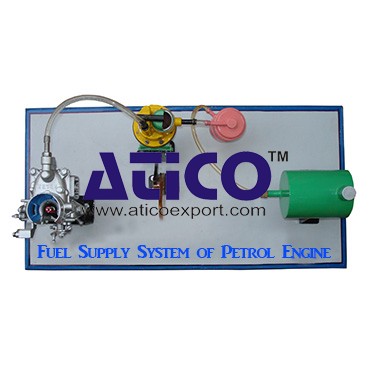

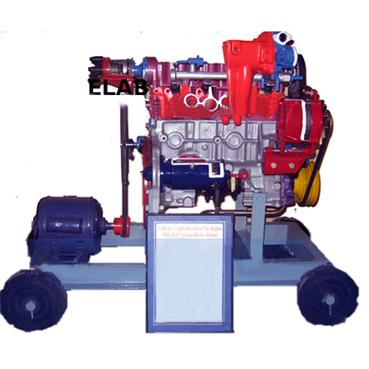
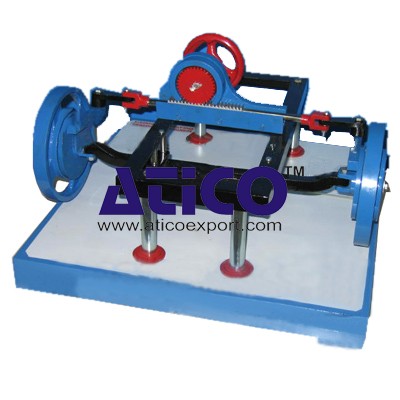


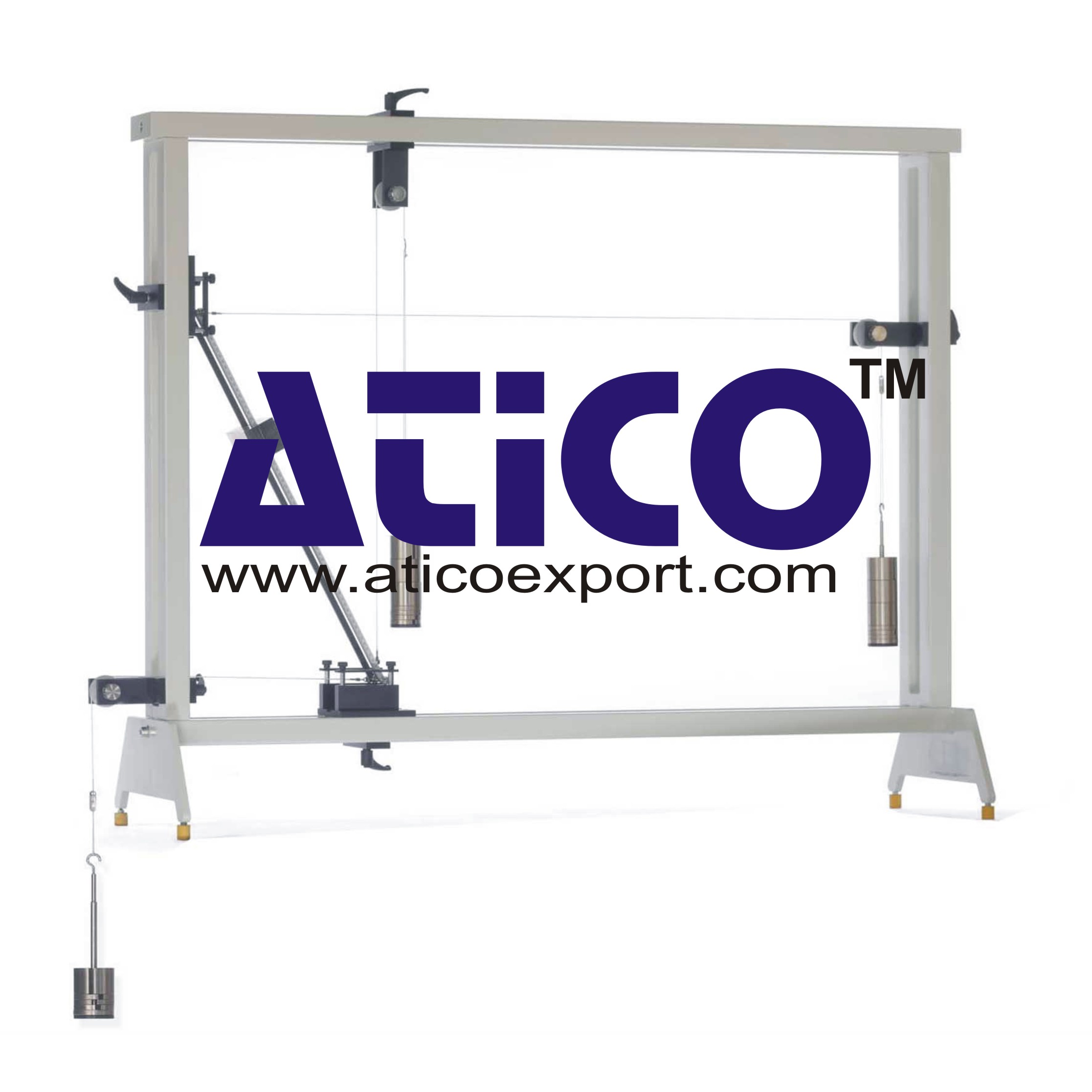
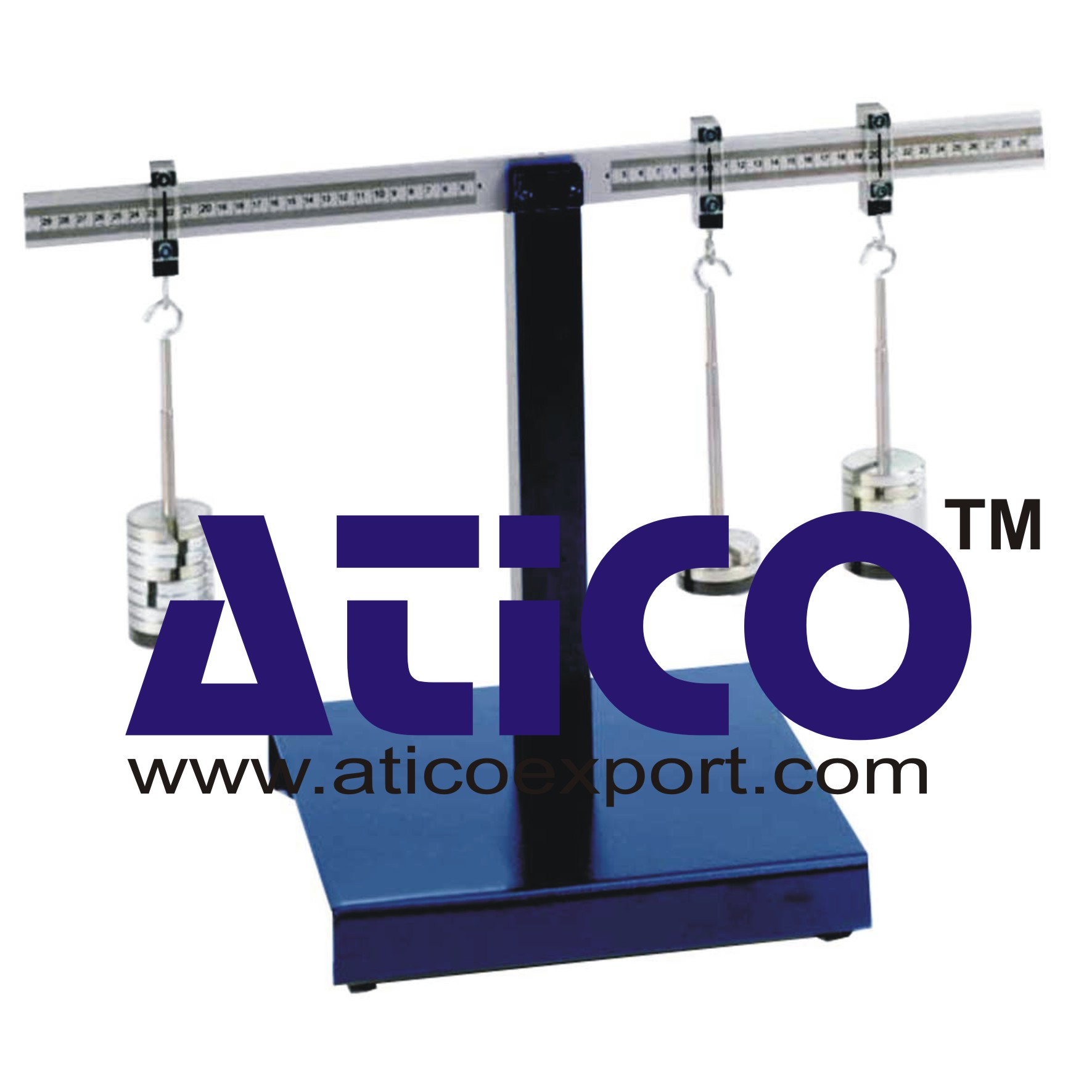
Product
Reviews
add Review
reviews
No Review Yet.